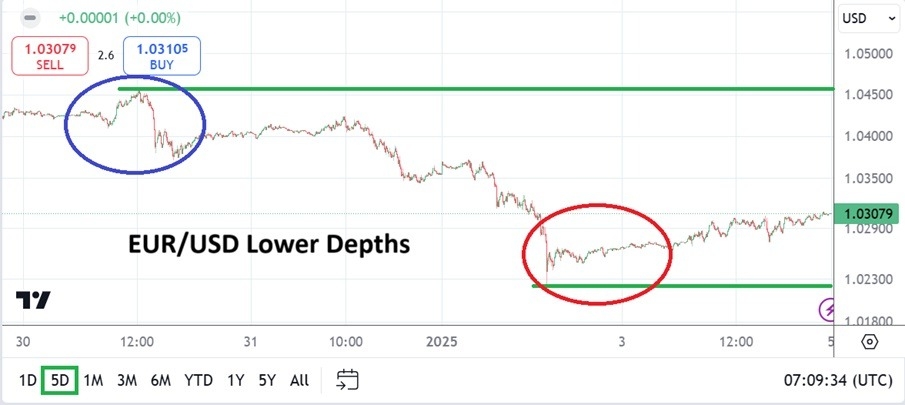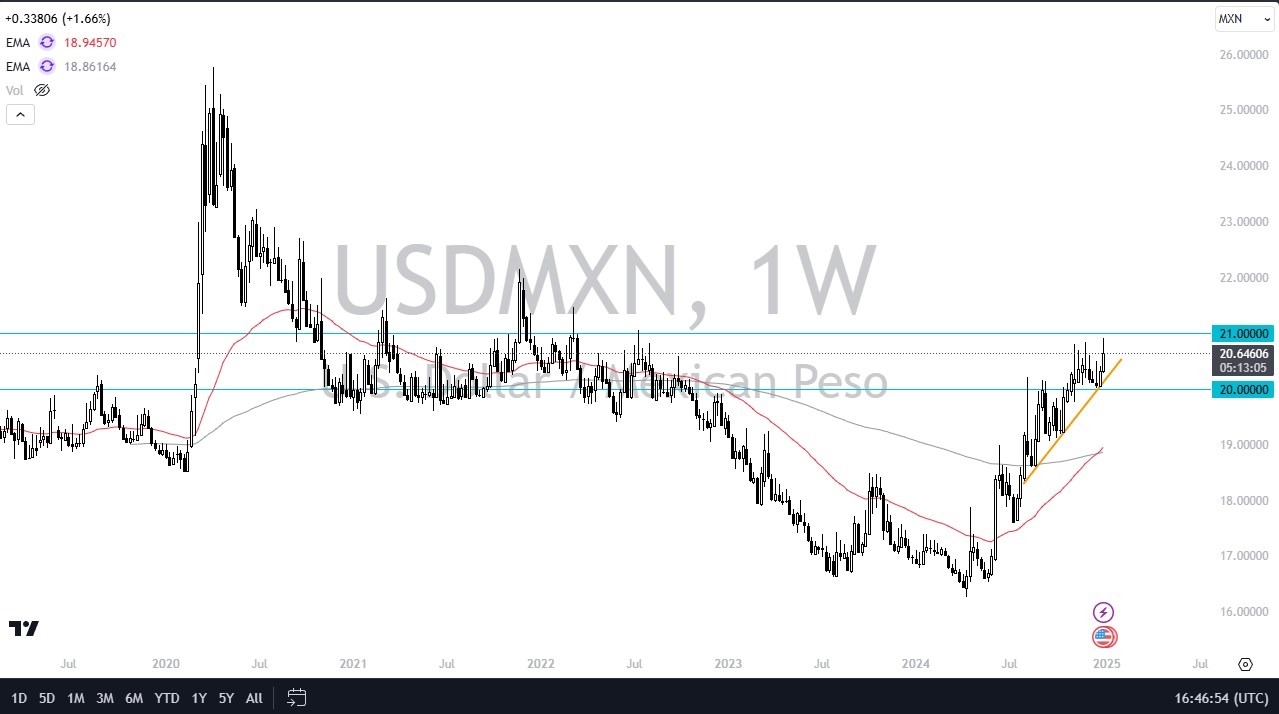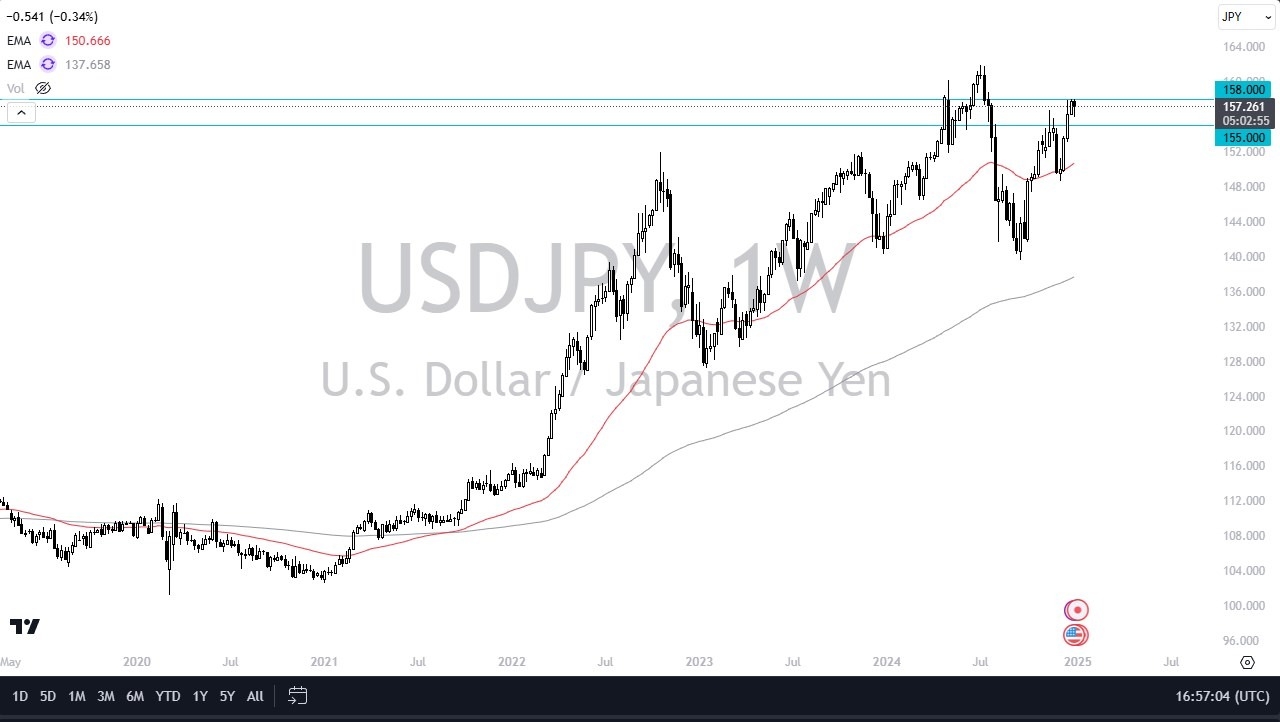When I moved to the United States from Japan in the 1990s, it wasn’t always easy to get the ingredients I knew and loved. But there were some staples that were easier to come by, like whole grains and beans.
From there, I put together my favorite breakfast: brown rice, beans, natto (fermented soybeans), nukazuke (pickled vegetables), wrapped in nori (seaweed) and topped with toasted sesame seeds. I eat it with a bowl of miso soup and hojicha green tea.
I call this meal my “Yakuzen Zakkokumai.” or medicinal multigrain rice. It’s a healing, relaxing start to the day. As a nutritionist, I also recommend it to my clients.
DON’T MISS: The ultimate guide to making passive income online
The health benefits of my breakfast
The meal is rich in nutrients such as iron, iodine, potassium, calcium, magnesium and vitamins B, C and K.
Brown rice, beans and seaweed are all good sources of fiber. Thanks to the fermentation process, natto and nukazuke are created are also rich in probiotics. Fiber and probiotics are both helpful for your overall gut health and digestion.
My ideal breakfast, served with extra miso soup.
Photo: Michiko Tomioka
Both nori and green tea contain polyphenols, naturally occurring compounds in plants that are rich in antioxidants, help fight disease and inflammation, and regulate blood sugar levels – whole grain rice also helps with this.
The tofu in my miso Soup and beans in general are good sources of protein and essential amino acids, without the cholesterol and environmental impact that meat, dairy or poultry can have.
How I prepare my Yakuzen Zakkokumai
I cook everything at the beginning of the week and keep supplies of homemade natto, nukazuke and miso soup on hand.
I usually use organic short-grain brown rice from California, but when I want to treat myself, I order Morika (my favorite grain store in my hometown of Nara, Japan), heirloom rice from The Rice Factory.
My favorite grain shop in Nara that I must visit is Morika. It has been in operation for over 500 years. I even had the pleasure of meeting the owner of the store, Ms. Morikawa Yoshie.
Photo: Michiko Tomioka
The vegetables in my nukazuke are often seasonal, but I love eggplant, cucumbers, Chinese cabbage, daikon, and Japanese beets. I’m a fan of Suzuki Farm, run by Japanese farmers in Delaware, and I often source ingredients from them.
This is how I prepare the different elements of my breakfast:
Rice and beans
- I add my brown rice and bean mixture (usually 3 cups of brown rice per 1 cup of beans) to my rice cooker, followed by a 2″ x 2″ rice cooker Square of kombu seaweed.
- Using the brown rice setting, I let the rice and bean mixture cook for two hours for better flavor and texture.
- I put cooked rice in an airtight container and store it in the fridge. I repeat the process two to three times a week.
My cooked multigrain rice mix and an edamame smiley for some extra protein. I believe that you should always have fun while eating.
Photo: Michiko Tomioka
Natto and Nukazuke
- I will soak a pound of soybeans overnight and cook them for another three to four hours the next day.
- I place half a pound (the other half goes in the fridge for miso or other recipes) of cooked soybeans in shallow, airtight containers, add my natto starter, and place in the oven with the lights on for 20 to 24 hours.
- I put the container in the fridge for another 10 hours to stop further fermentation and consolidate the intense flavor of the natto.
- For the nukazuke I will mix my lightly salted vegetables for “Nukadoku” (fermented rice bran paste), add rice brain or sea salt as needed and marinate in the refrigerator for two to three days.
While I enjoy the fermentation process, prepared natto and nukazuke can also be purchased at the supermarket or online.
My dog Genki is also a fan of natto.
Photo: Michiko Tomioka
Miso soup
Ingredients:
- 3 cups of water
- 3 x 3 inch piece of kombu
- 3 to 4 pieces of dried shiitake
- 1 sweet onion
- 1 medium potato
- 1/2 sweet potato
- 1 carrot
- 1 tablespoon fresh ginger
- Additional vegetables of your choice
- 2 tablespoons white miso paste
- 1 pack of firm tofu
- 1 tablespoon dried wakame seaweed
- 1 tablespoon dried goji berry (optional)
- A handful of thinly chopped green onions (optional garnish)
Steps:
- Wipe kombu and shiitake with a damp paper towel.
- Dice the potatoes, chop the fresh ginger and slice the sweet onion (finely) and the carrot.
- In a medium pot, add water, kombu, shiitake, onions, potatoes, sweet potatoes, carrots and goji. Bring to a boil over high heat and cover with a lid.
- Simmer over low heat until vegetables are tender, about 10 minutes.
- In a small bowl, mix the miso paste and 1/2 cup of the soup from the pot until the miso paste is completely dissolved.
- Add tofu, wakame, and miso mixture to pot over medium heat. Let simmer for about three more minutes. Then it is ready to serve.
Once everything is prepared, it takes about five minutes to put together breakfast in the morning. As I head out the door, I make some nori-wrapped rice balls for the perfect grab-and-go breakfast, snack, or lunch.
Michiko Tomioka, MBA, RDN is a certified nutritionist and longevity expert. Born and raised in Nara, Japan, her approach focuses on a plant-based diet. She has served in nutrition roles at drug recovery centers, charter schools and food banks. Follow her on Instagram @michian_rd.
Would you like to earn extra money alongside your job? Enroll in CNBC’s online course How to earn passive income online to learn more about common passive income sources, tips for getting started, and real-life success stories.





















